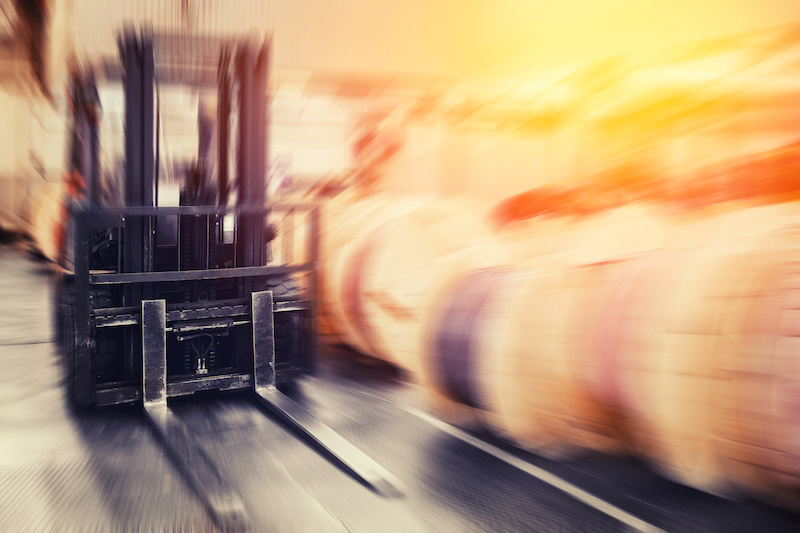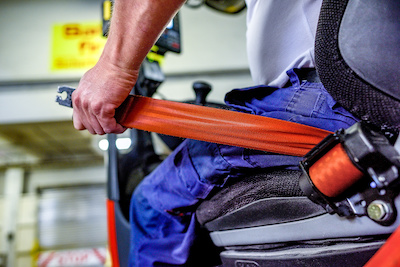Why Warehouse Traffic Accidents Are Around The Corner From Today
By Donald Markham

Whether it’s vehicles crashing into people or people crashing vehicles, destruction from warehouse traffic accidents soon follows.
And there’s nothing to be done afterwards that can come close to justifying severe workplace injuries and foreseeable downtime, which, according to the National Safety Council and Sensye, cost a respective $163.9 billion and $172 million a year.
But while particular circumstances involved in warehouse traffic accidents vary on a case-by-case basis, the underlying causes are all too familiar: well-known mishaps that send caution to the wind time and again.
This is how, in many cases, workers are left fighting for their lives, families are forced to shoulder the grief, and workplaces are held liable for any negligence that may have occurred on their part.
It’s hard also not to imagine the incurred costs of emergency repairs, regulatory fines, management scrutiny, as well as diminished employee morale that can be suffered.
All because of one or more of the following drivers of accident damage could be threatening busy work zones like your own!
KEY DRIVERS OF WAREHOUSE
TRAFFIC ACCIDENTS
1. UNSAFE PRACTICES

In theory, everyone likes to think they follow traffic safety protocols to the letter. But every now and then, even the smallest oversight can lead to warehouse impact damage and collisions. That’s why regulators, like OSHA, can’t stress enough all the steps that should be taken to prevent traffic accidents in busy work zones, including but not limited to comprehensive traffic controls; training and understanding of proper routes; effective lighting and high-visibility clothing; as well as work zone protections that serve to limit any unauthorized actions, which could otherwise be transgressed.
2. UNPROTECTED BOUNDARIES

Failure to protect warehouse property, equipment, and personnel, using physical markers and barriers, leaves them exposed to worst case scenarios. This is especially true when vehicle and pedestrian traffic is bent on doing everything it takes to keep up with productivity demands. So, to mitigate any potential damage from traffic accidents, onsite premises should always be surrounded by safety and collision hardware made to absorb impacts, as this will help you steer clear of serious injuries and downtime from the need to repair or replace equipment property deemed critical to facility operations.
3. DAMAGE-PRONE HARDWARE

If it’s a good practice to employ traffic markers and barriers to curtail collision impacts in busy warehouses, it’s an even better practice to rely on equipment hardware that doesn’t damage in the first place when struck by moving objects. Unfortunately, this isn’t the case with rolling steel and sectional doors that weren’t made to take a hit, since they require serious maintenance in case of emergency. Also, they don’t guarantee the same thing from happening again, which only leads to exorbitant service costs, and quite a bit of downtime, for something you no longer have to put up with.


 Donald Markham is an experienced facility access specialist helping facility operations teams move the needle in the areas that matter most with proven door and dock solutions that got your back in every situation!
Donald Markham is an experienced facility access specialist helping facility operations teams move the needle in the areas that matter most with proven door and dock solutions that got your back in every situation!